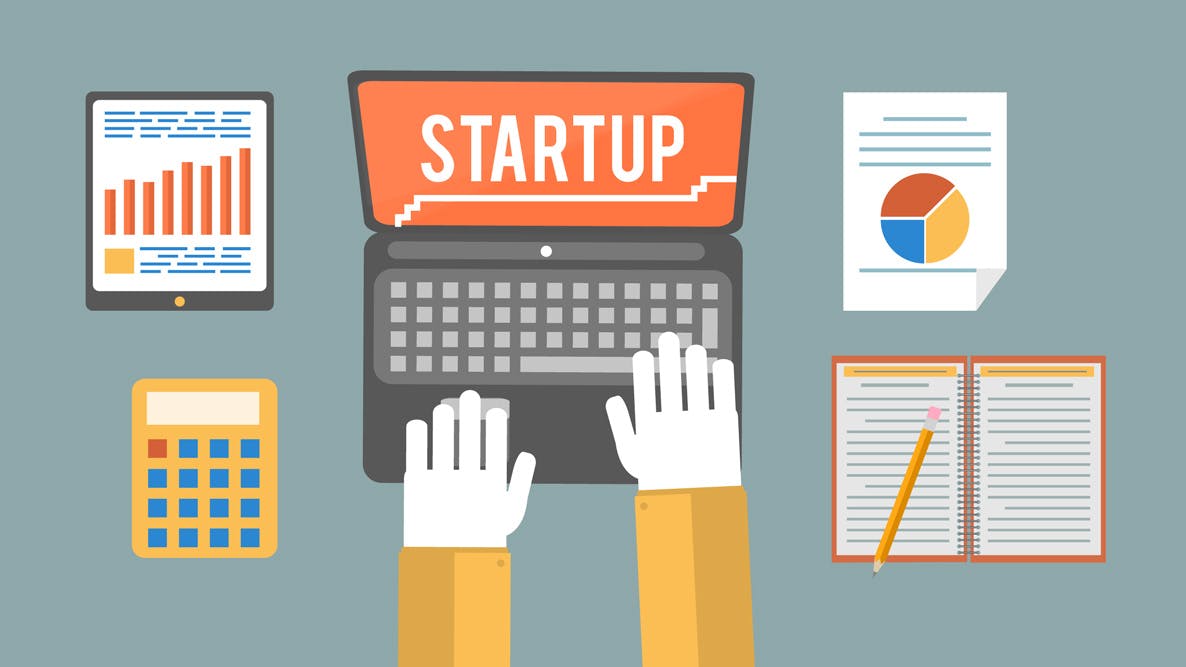Empathy is key to new product success
An energizing day at a Microsoft Accelerator Day for entrepreneurs provides a good reminder that above all, know thy customer.
Empathy is key to new product success
Let's build something together.
Women in design: 8 ways your origin story can make you a better designer
Only about 19% of professional industrial designers in the United States are women.
Read more
Three Principles for More Human, Solution-Focused, Fair, and Inclusive Design
Designers have a responsibility to design a world that all want to live in. Here are three principles that can help us navigate the complexities of design decision-making and truly achieve design success.
Read more
Empathic Design in Practice
What comes before and after you walk in your users' shoes? We distill empathic design into six principles for easy adoption.
Read more
Stop Design Thinking From Becoming 'Innovation Theater'
Too many times design thinking projects fall victim to the trappings of innovation theater. Here's how not to let that happen.
Read more
How STEEPLE Analysis Informs Design Strategy
STEEPLE analysis is a tool for scanning your external environment. It helps teams understand phenomena and imagine new opportunities.
Read more
How to Make Way For Radical Innovation
Before starting on an innovation strategy, decide which type you're chasing: Incremental, disruptive, or radical innovation. Each requires a unique approach.
Read more
